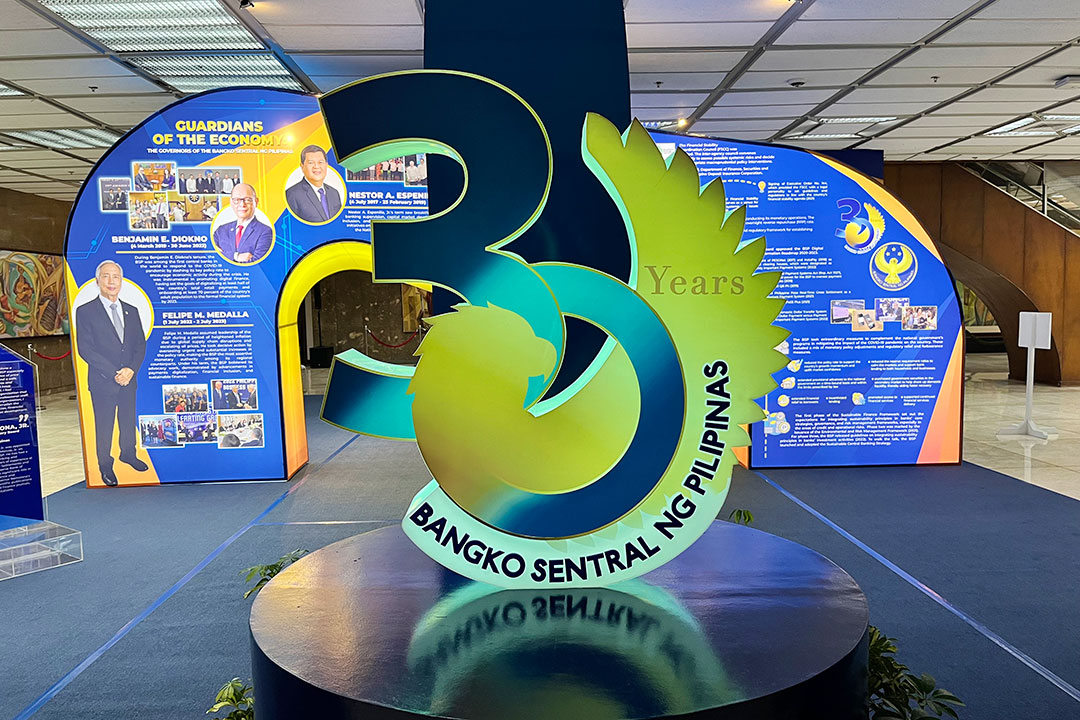BSP to lower RRR ‘when time is right’

THE BANGKO SENTRAL ng Pilipinas (BSP) is looking to further reduce banks’ reserve requirement ratio (RRR) when the time is right, possibly as early as 2024, its governor said on Thursday.
“For 2023, (yes), it’s off the table. Maybe the soonest would be 2024,” BSP Governor Eli M. Remolona, Jr. told reporters late on Thursday when asked when the central bank would consider RRR cuts.
“When the time is right, we will try to lower the RRR even more, but the time is not yet right,” he said.
The RRR is the portion of reserves that banks must hold onto rather than lending out.
In June, the BSP slashed the ratio for big banks and nonbank financial institutions with quasi-banking functions by 250 basis points (bps) to 9.5%. The BSP has brought down the RRR for big banks to a single-digit level this year from a high of 20% in 2018.
“I think it’s not low enough, 9.5% puts us among the highest in Asia, among our neighbors,” Mr. Remolona said.
Asked about the possible terminal rate, Mr. Remolona said that the central bank is still studying this.
“The reason we had such a high reserve requirement is when we were still very old school it was a way to control money supply, nobody does that anymore… Right now, it’s just a distortion in financial intermediation, it drives a wedge between lending rates and deposit rates unnecessarily,” he added.
Last week, the Monetary Board extended its hawkish policy pause for a fourth straight meeting, keeping the key interest rate at 6.25% — the highest in nearly 16 years.
The BSP has raised borrowing costs by 425 bps from May 2022 to March 2023 to tame inflation.
Meanwhile, Mr. Remolona said the high interest rates do not appear to have impacted economic growth so far this year.
“In our estimate, it hasn’t yet affected GDP growth, but what we try to do is balance supply and demand. In our own models, the outcome is 0%, which means we are just at the right level,” he said.
The Philippine economy grew by a weaker-than-expected 4.3% in the second quarter, its slowest growth in more than two years, reflecting the impact of weaker consumption and government underspending.
For the first half of the year, GDP growth averaged by 5.3%, below the government’s 6-7% full-year target. — Luisa Maria Jacinta C. Jocson



